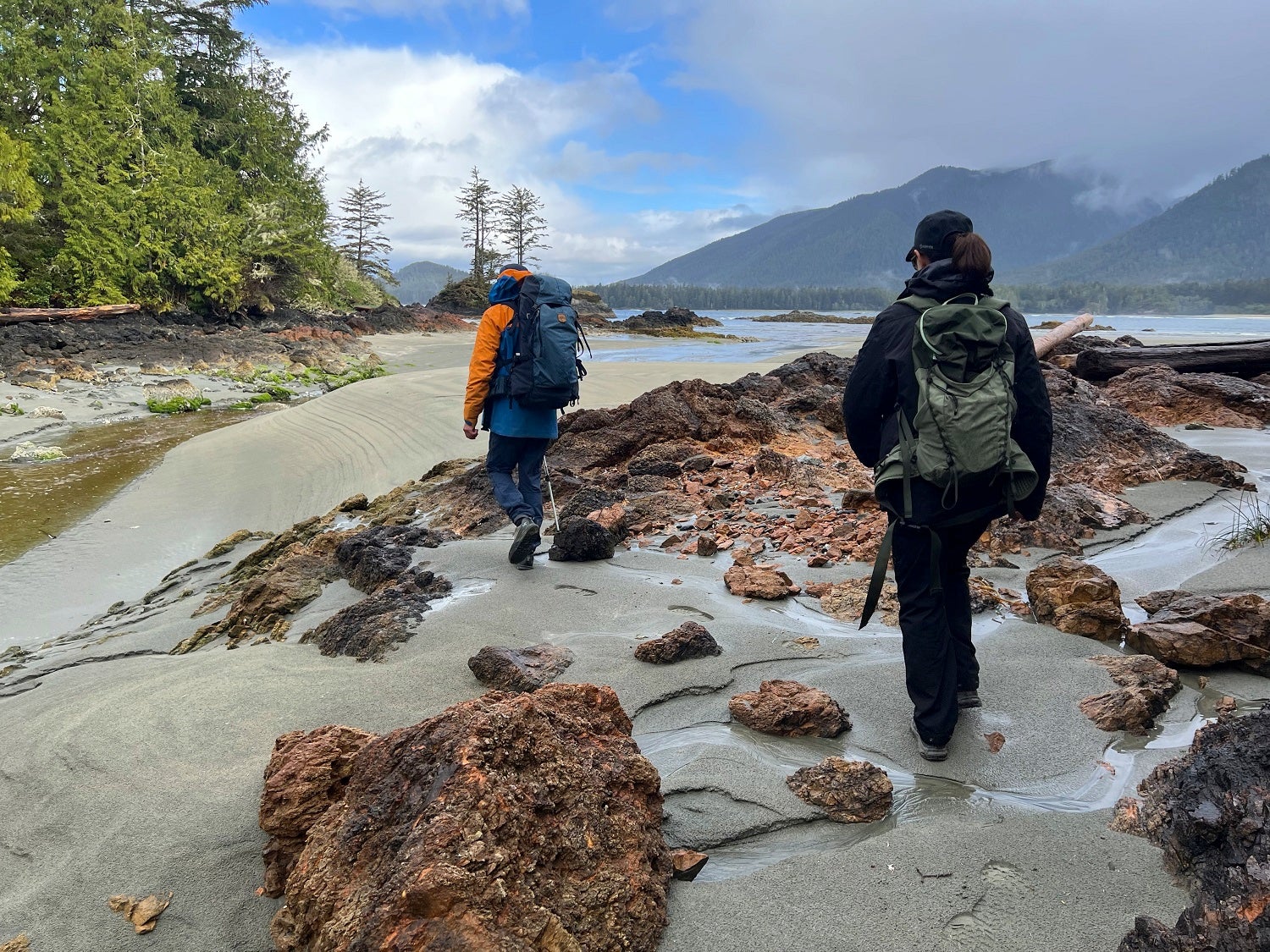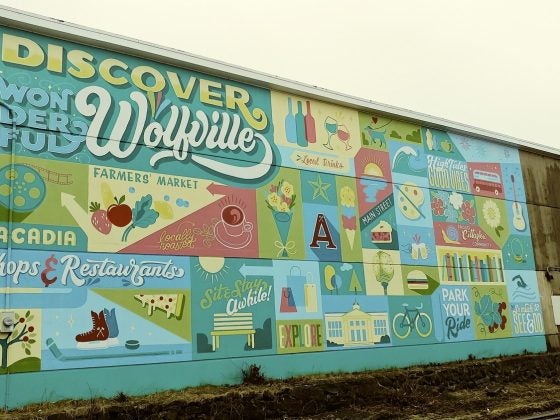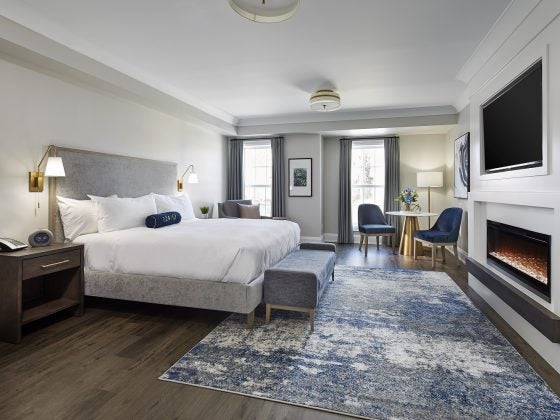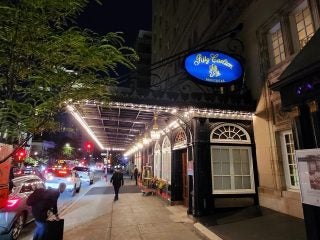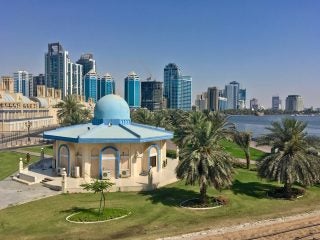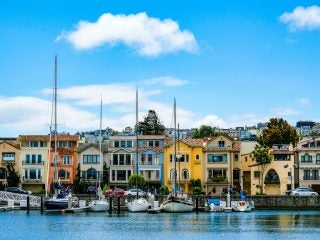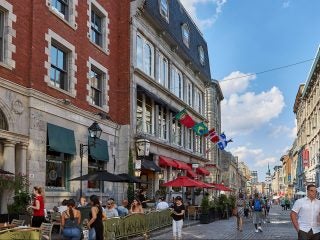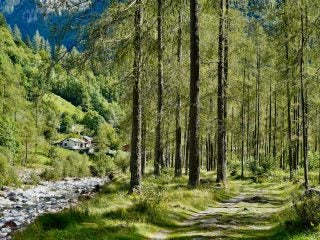By Jeff Silverstein
Some destinations are more epic in nature than others, whether it’s because of the journey it takes to get there, or the magic of the place itself.
The small village of Tofino, perched at the end of the road and on the furthest edge of Vancouver Island’s rugged outer coast, is one of those places.
Located within the Clayoquot Sound Biosphere Reserve – a UNESCO-protected natural sanctuary – and surrounded by ancient temperate rainforest, dramatic cliffs, mountain ranges, misty valleys, humpback whales, cougars, wolves, black bears and bald eagles, the place exudes a kind of timelessness.
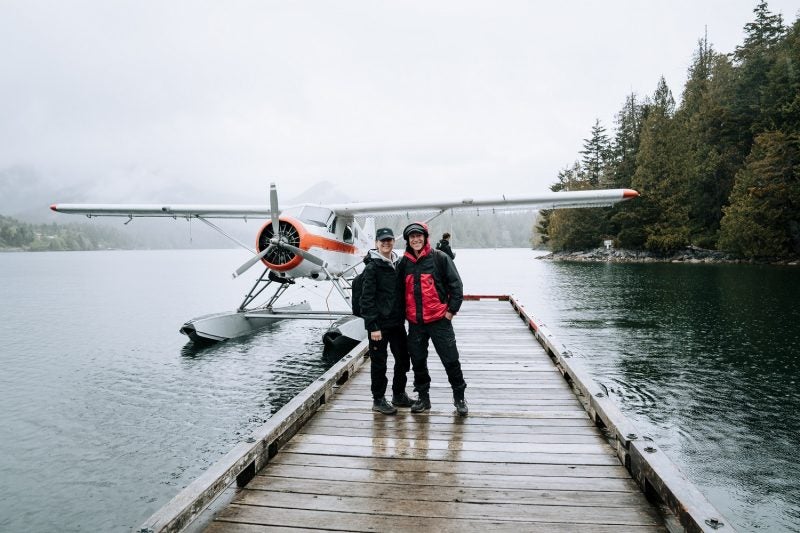
It’s unquestionably one of the world’s special places, and today, Tofino ranks among one of the most sought after global destinations for those looking to disconnect and seek out adventure, nature and luxury in the wild. For many, it’s simply one of the most beautiful and spiritual places on earth.
Located in the traditional territory of the Tla-o-qui-aht First Nation of the Nuu-chah-nulth people, First Nations have been residing in the Clayoquot Sound area for thousands of years and their history, culture, and spirituality are firmly rooted to area’s forests and waters.
It’s a rich history grounded in the concept of “everything is one” – a kind of oneness between humans and their environment. It’s a concept that embodies the idea that all things are sacred and deserve to be treated with respect. It’s also an idea that informs their approach to resource stewardship. Natural resources – the things that make this place so special – such as trees, bears, deer or salmon are to be treated as gifts from the Creator.
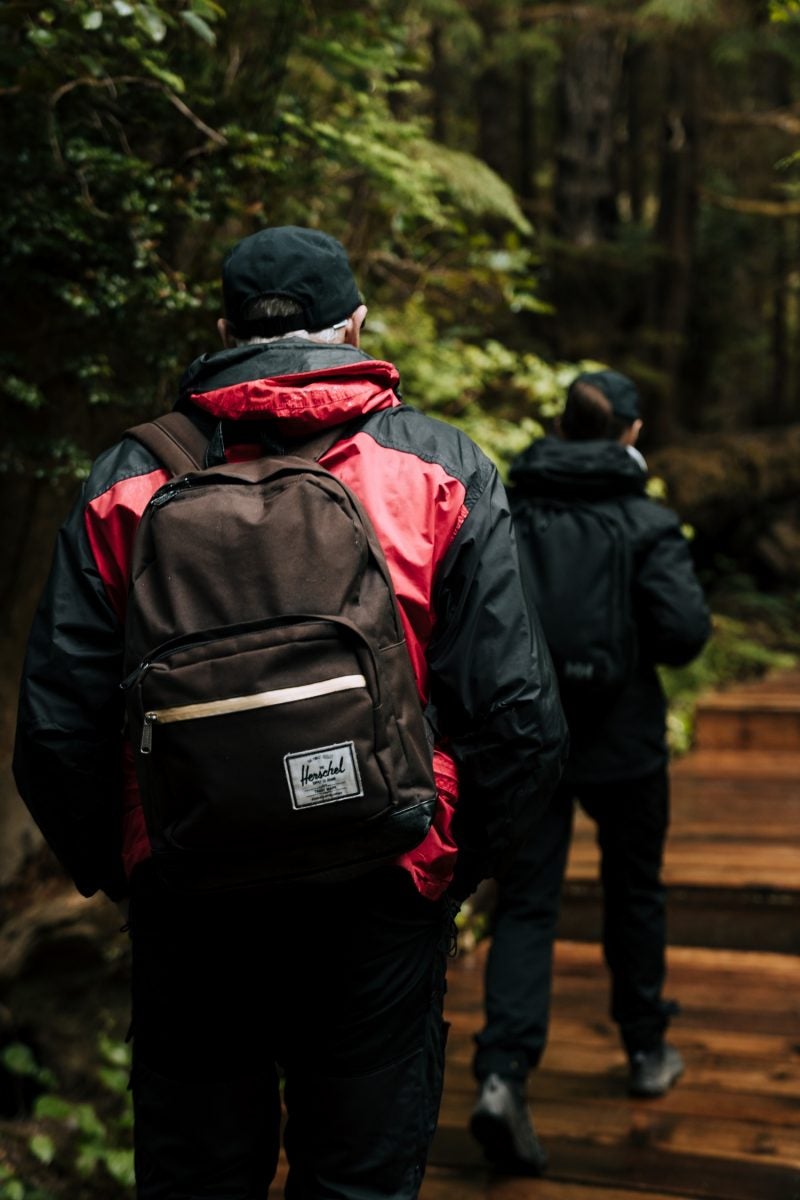
When the Spanish and British arrived on these coastal waters back in in the late 1700s and started mapping coastlines in the search of the elusive Northwest Passage, a rush to extract and trade these natural resources ensued, and a trading post was eventually established in the area in 1855.
First it was sea otter pelts, a fur that was worn as part of a chiefs’ regalia and given away in potlaches to mark coming-of-age ceremonies. It’s also a keystone species whose health the rest of the ecosystem depends on.
The sea otter numbers were so depleted by hunters that by the mid-18th century, the delicate balance between people and the natural environment was at a tipping point. Then it was logging and fishing which took off in a big way in 1959 with the opening of the first logging road.
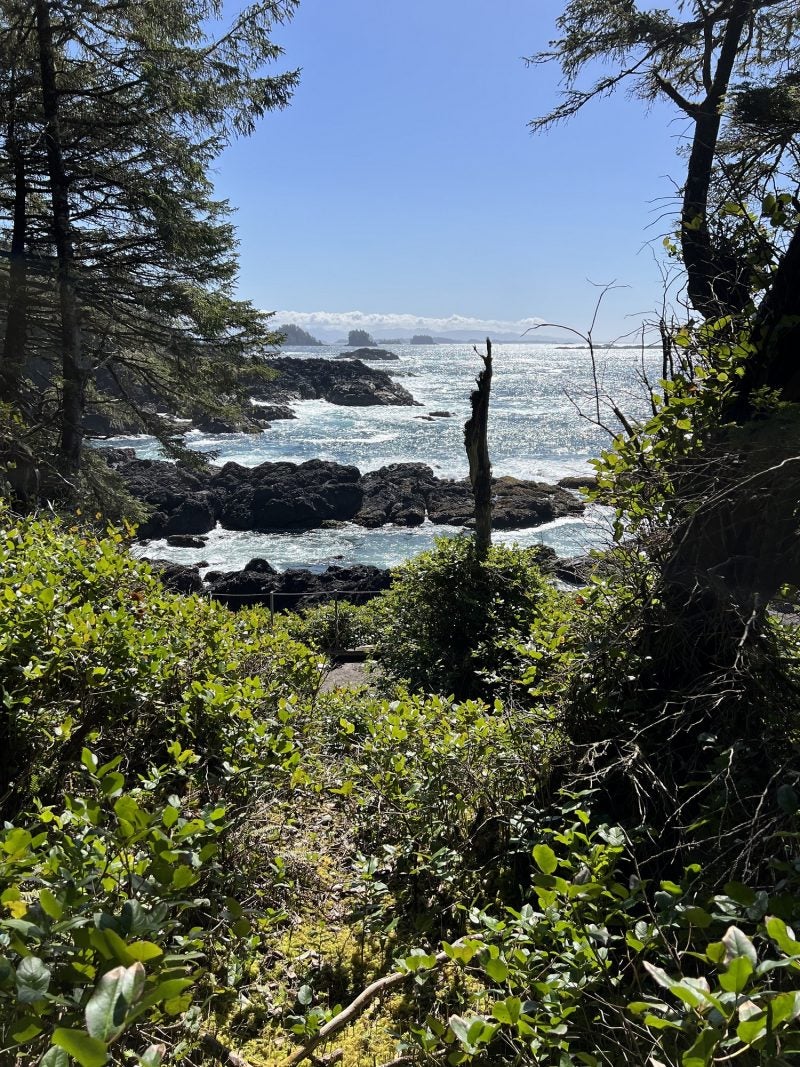
The gravel road opened up the region to all kinds of new markets and all of the sudden this magical place was now in danger of the rush for profits that typically goes along with resource extraction on a large scale. Clear cut logging exploded, and open-net salmon farms began to spread throughout the region.
The delicate balance between land and sea, or forest and ocean, and all of the life that depends on that balance was about to be upended.
In a curious twist of fate, it was surfers and hippies and a very powerful protest movement that ensued in the 1990s that saved the day. The logging road which eventually became Pacific Rim Highway 4, otherwise known as Canada’s Surf Highway, opened up the area to more visitors, and more scrutiny. The spectacular drive that cuts from east to west across Vancouver Island and winds through some of the most majestic mountain terrain proved to be a gamechanger.
All of the sudden, what started out as a remote fishing and logging village soon became a magnet for those seeking the rugged beauty and wide open beaches of this rough and fearless place.
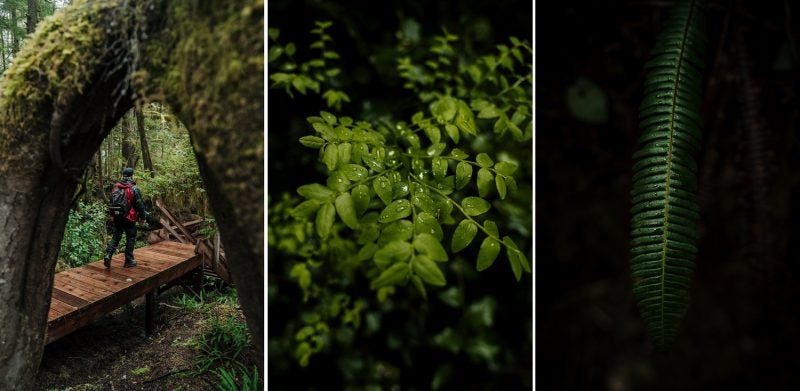
People started to flock here to hike the lush rainforest trails, surf the wild Pacific Ocean waves, kayak among scenic islands dotting the area, or walk the seemingly never-ending beaches, and a concerted effort to save all of this got underway.
In many ways we have thousands of people to thank for preserving one of the world’s most beautiful landscapes – artists, scientists, environmental activists and others who protested loudly in the 1980s and 1990s, all of it culminating in what was known at the time as the War in the Woods.
It was one of the largest acts of civil disobedience in Canada, and if it weren’t for this series of blockades related to clearcut logging in Clayoquot Sound that culminated in mid-1993 with over 800 people arrested, Tofino would be a very different place.
The fight is far from over, but for the roughly 2,000 residents who are privileged enough to call this fragile paradise home, many of them will tell you they can’t imagine living anywhere else. The place has a way of casting a spell on those who come to visit and find it impossible to leave.
Charles McDiarmid is one of those locals who had a front row seat watching the evolution of the town and understands just how special it is. He lights up when he talks about the magic of this place where the ocean and the forest meet to create the world’s largest coastal temperate rainforest – creating what he likes to call a “magical playground.”
As managing director and founder of the iconic Wickaninnish Inn, or Wick as it is affectionately known, Charles and his family have played a pivotal role in putting Tofino on the map. It all started when Charles’ parents moved here from Winnipeg in the 1950s. His father took up a job as the outpost’s lone doctor, and his mother worked as a nurse. Like everyone else who arrives here, they were smitten.
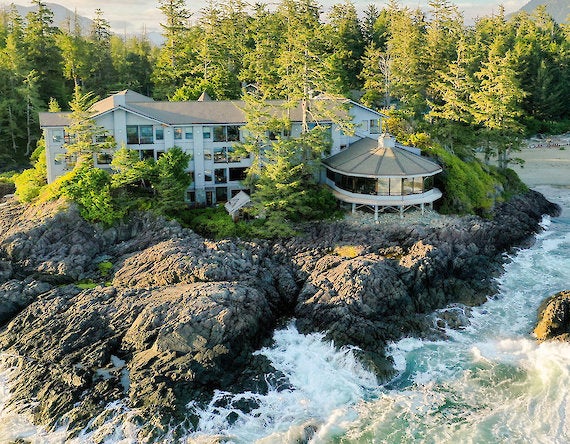
The year was 1955, and at the time Tofino could only be accessed by plane or boat. Not to be deterred, Charles’ late father Howard who also played a pivotal role in helping establish the nearby Pacific Rim National Park, a 511-square kilometre park divided into the West Coast Trail, the Broken Group Islands and Long Beach, saw something that others didn’t see – the potential for this tiny town on the continent’s westernmost edge to go from stormy outpost to revered eco-tourism destination.
After buying up land around Chesterman Beach, the family opened the Wick in 1996, and the rest, as they say, is history. Since opening its doors, the hotel has played a key role in putting Tofino on the radar of travellers around the world.
Known to many as Canada’s Hawaii because of its surf culture and jaw dropping beaches, Tofino is now firmly established as an international destination that attracts upwards of a million visitors a year. And the accolades for the Wick keep pouring in.
A couple of years ago, it scooped Travel + Leisure’s top resort in North America and for a decade it featured in the magazine’s World’s Best Awards. “I’m proud that the Wick has been a pioneer in making Tofino such an international destination,” says McDiarmid. “By being part of the global Relais & Chateaux family, we certainly introduced people to the region who might not otherwise have heard about it.”
Success has a way of breeding success, and the Wick has not only spawned a number of other high end resorts but it has helped pave the way for many of the businesses that now call Tofino home. Having possibly the most stunning and dramatic restaurants in all of Canada doesn’t hurt either.
The Pointe Restaurant at the Wickaninnish Inn hovers over the wild Pacific ocean on Chesterman Beach with views that are unrivalled. The night we dined there, we had the most delicious meal of locally caught salmon and halibut, all creatively prepared and overseen by head chef Clayton Fontaine. The kitchen has produced a number of top chefs who have gone on to work at various kitchens around Canada, and like the hotel itself, it has spawned a number of incredible restaurants that have opened in Tofino, making this place a foodie’s paradise as well as a surfer’s paradise.
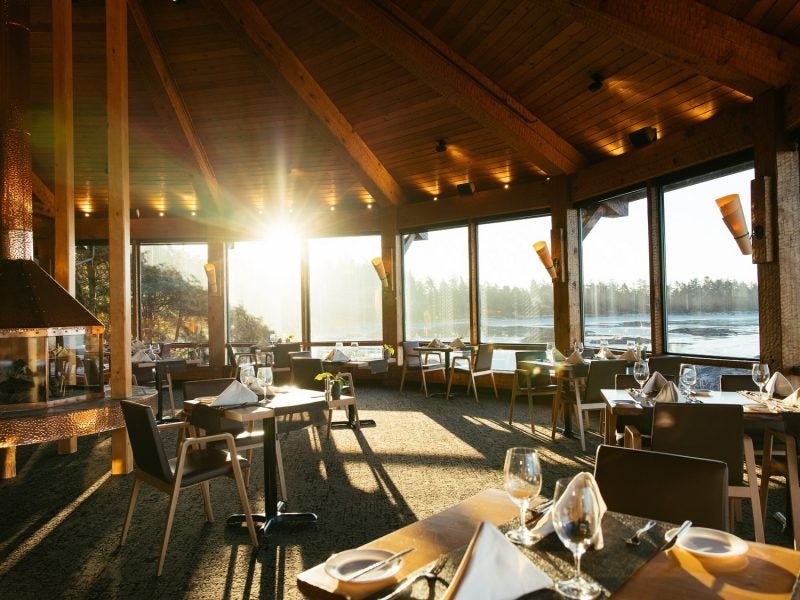
Dubbed Canada’s surfing capital by Outside Magazine, it’s hard to capture just how captivating the beaches are in Tofino. With their world-class waves, they seem to go on forever, creating the longest beach on Vancouver Island.
Between Tofino and Ucluelet which bookend the Esowista Peninsula, there’s countless beaches that at low tide are virtually connected. There’s Chesterman Beach, Cox Bay Beach, Schooner Cove (a local favourite), Long Beach (famous as the longest stretch of surf) Combers Beach, Wickaninnish Beach, Florencia Bay, and Halfmoon Bay Beach (our personal favourite).
With over 35 kilometres of white pristine beaches, interrupted by rocky headlands, it’s no surprise that Tofino has become a year-round surfer’s paradise. In many ways, it’s the original hippie town in Canada.
The surfers began arriving in significant numbers in the 1960s and depending on which stretch of beach you choose, there are waves for every level of experience, from two foot gentle rollers for beginners to barrels for intermediate and advanced surfers. And not surprisingly, in the Surf Capital of Canada, there’s no shortage of surf shops.
We hooked up with Surf Sister, one of the first surf outfits in town. After squeezing ourselves in to 5mm wetsuits complete with hood, boots and gloves, we headed out into the wild Pacific Ocean after a brief dryland session. This is cold-water surfing at its best, and while we are far from hardcore wave riders, we did manage to catch a few waves.
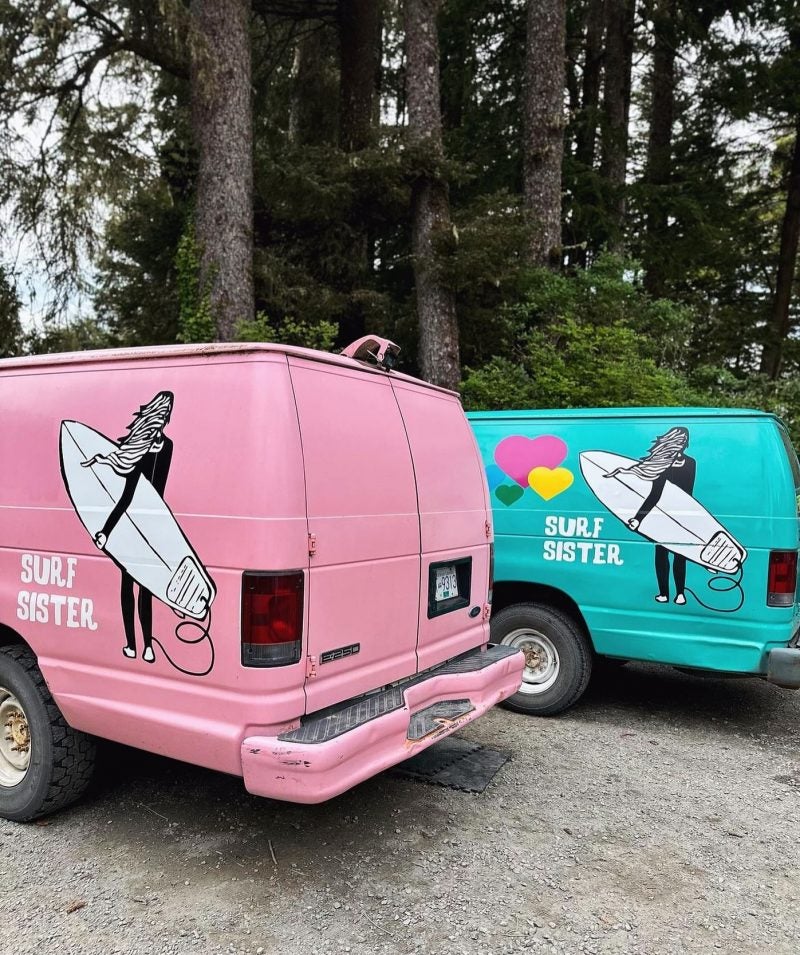
With lots of calm clean rollers, Long Beach is in many ways the original home of Tofino’s surf history. There’s over 10-kilometres of consistent beach breaks that are ideal for beginners.
But with so many jaw-dropping beaches to choose from – not just to surf but to hang out – it’s no surprise that one of the most popular pastimes is to organize a Dungeness Crab beach cookout. And like so many great ideas, it spawned a local business called Lux.Fino – Tofino’s first ever luxury pop-up picnic experience for those who want that little something extra special.
We reached out to Lux.Fino a few weeks before our arrival and the company’s owners, Morgan and her husband Dre, scouted out the perfect picnic spot for us on Chesterman Beach. When we arrived at magic hour for our evening cookout, they had delivered and set up the most Instagram worthy picnic, complete with comfy blankets and pillows, and a charcuterie board to help get things started. We were the envy of everyone on the beach that evening.
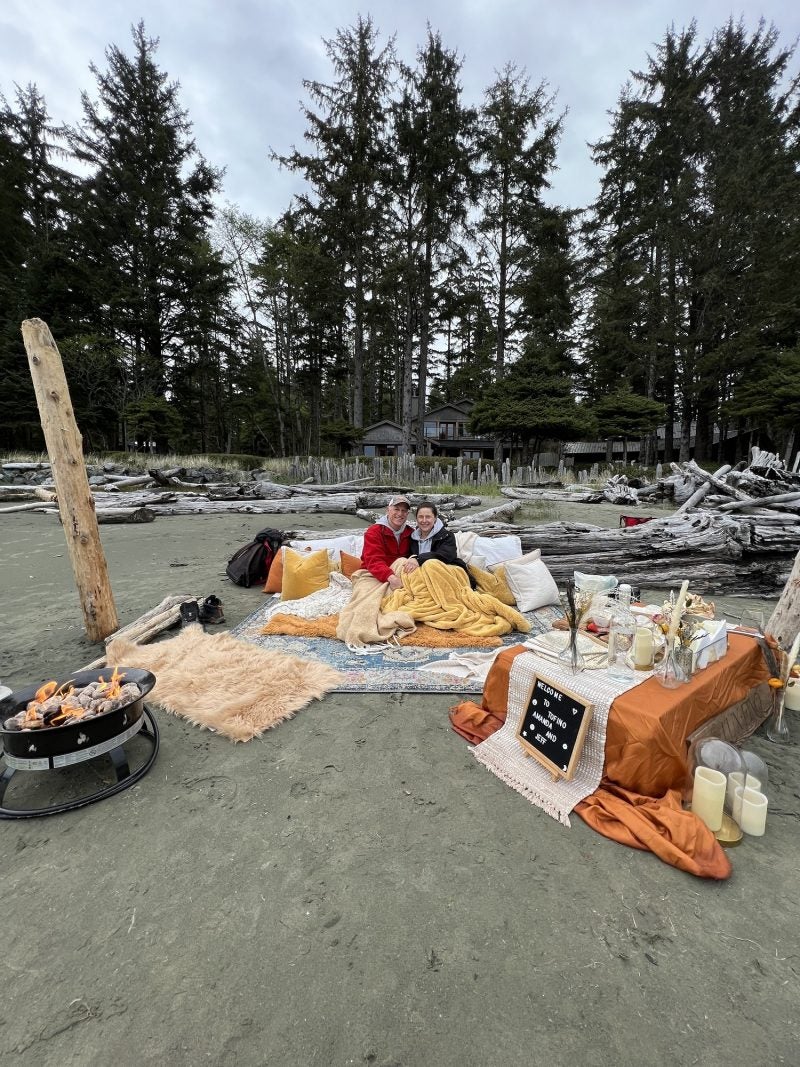
But as spectacular as the beaches are, it’s only when you venture beyond the reaches of the town itself that the true magic and diversity of this miraculous natural world starts to unfold.
Just to the north of Tofino on Meares Island – a flashpoint for the protests in the 1980s and 1990s – there are some spectacular walks through Tla-o-qui-aht’s ancestral lands and some of the world’s oldest red cedars along a trail network built by the Friends of Clayoquot Sound and the Wilderness Committee that can only be reached by water taxi, plane or kayak.
In 1979 there were plans to log on the island, one of the region’s last pockets of untouched rainforest. Local Nuu-chah-nulth members and Tofino residents worried how that might impact their drinking water, which is sourced from Meares. And alarms were raised over the ecological effects of aggressive logging, specifically on salmon, as well as the unsightly scars that clearcutting would leave behind.
One day we hooked up with Tofino Air who flew us to Hot Springs Cove – a group of natural pools fed by geothermal waterfalls located right in the heart of Clayoquot Sound. It was the perfect thing to do that misty day, and our trusty pilot Victor navigated his way over the various inlets and open ocean of the Sound. In less than 15 minutes we were making our descent and setting off on the 40 minute boardwalk hike through ancient rainforest where some trees have stood proud for more than a thousand years.
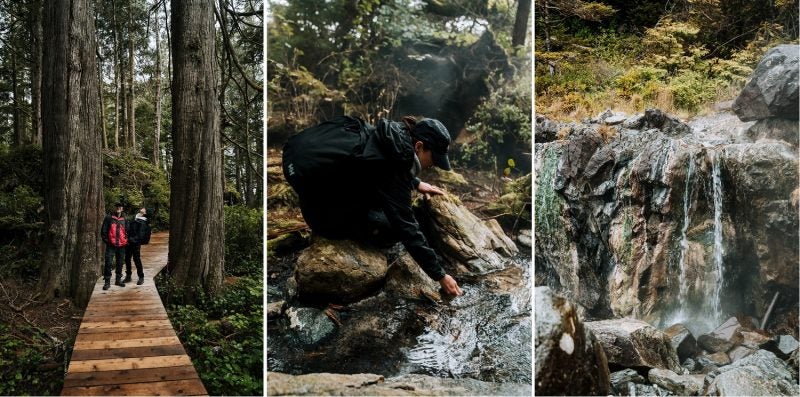
Once we got to the end of the boardwalk, we found the hot springs and the experience was nothing short of mystical. We stripped down to our bathing suites and joined a small group that were soaking in the natural thermal pools surrounded by the towering rainforest. The temperature was perfect, and the outermost pool, cooled every time a wave washes over the shores, seemed to hang over the ocean.
You can only get to the hot springs by boat or charter plane, and to help protect the natural environment from the thousands of visitors who make the trek every year, the Ahousaht First Nation who manage then Maquinna Marine Provincial Park and Hot Springs Cove recently limited the number of guests that operators can take to the area – a very welcome development.
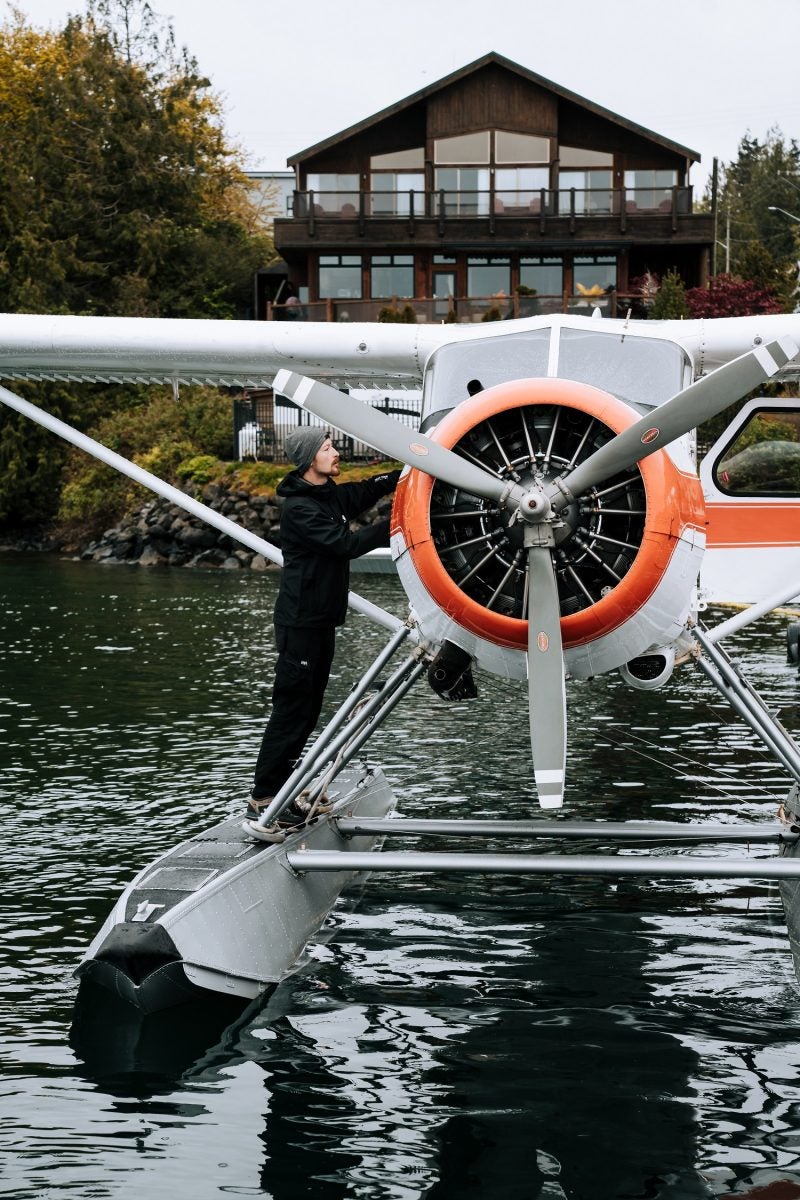
We wanted to learn more about these complex coastal environments and the natural forces shaping this extraordinary ecosystem and so we reached out to Long Beach Nature Tours – one of Tofino’s longest running adventure companies. They offer a variety of adventure packages across Vancouver Island and after chatting with the owner Liam Ogle we opted for his favourite full-day hike to the empty beaches and old growth rainforests on Flores Island Provincial Park.
It was an 11 kilometre walk through untouched rainforest and deserted beaches – about six hours in all, and it was the highlight of our trip. Liam made the place come alive, explaining what nursery logs and culturally modified trees were, pointing out cabins that had long been deserted by American draft dodgers from the 1960s, and how salmon help to fertilize the forest.
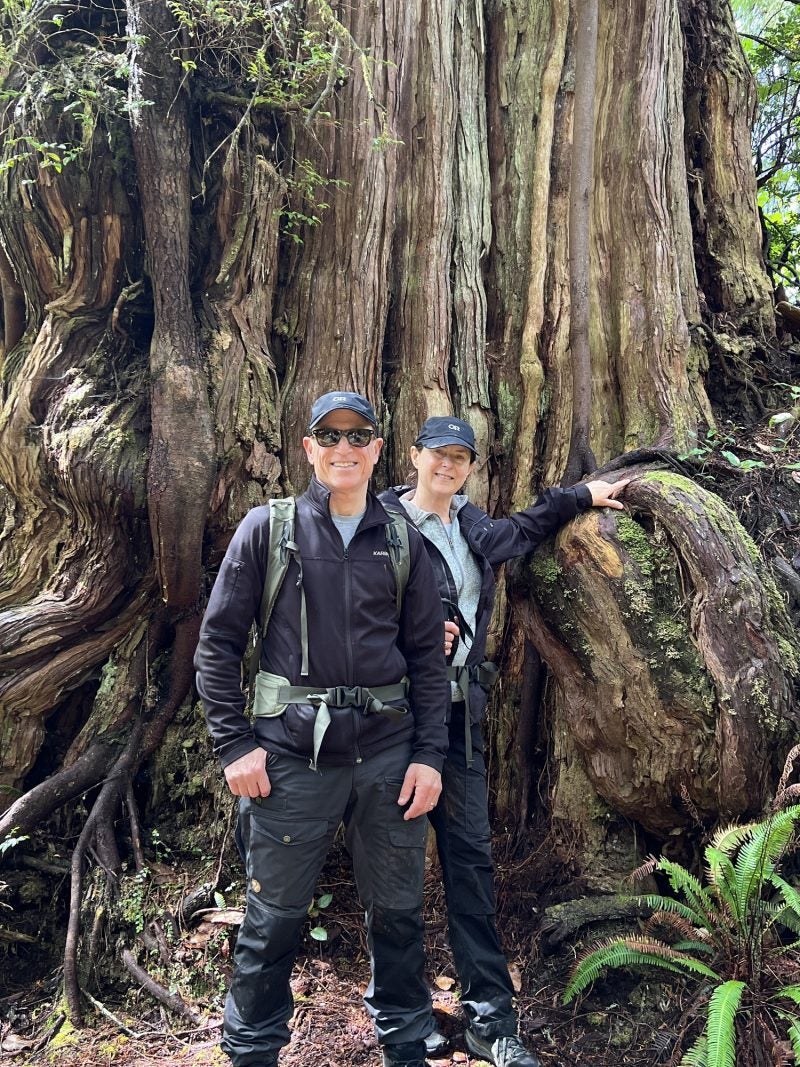
Despite the victories to preserve old growth forest in the area, with vast swathes of Vancouver Island’s old-growth rainforest already cut, efforts to protect Clayoquot Sound continue. This place is home to some of the last remaining rare intact watersheds and old growth temperate rainforests on all of Vancouver Island.
It’s been just over 30 years since the War in the Woods and a series of blockades stopped most industrial logging in Clayoquot Sound, but make no mistake, nothing should be taken for granted. Hopefully by opening the region up to eco-tourism the future of this magical place has been secured for generations to come.
Places to Stay:
Places To Eat:
The Pointe Restaurant, The Wickaninnish Inn – one of Canada’s finest restaurants and a must for anyone visiting Tofino
Wolf in the Fog – the former chef of The Pointe Restaurant runs the kitchen in this highly sought after reservation
JeJu Restaurant – modern Korean on the list for best new restaurants in Canada 2022 enRoute
Shelter – the new waterfront location is stunning and the food is equally impressive
Shed – a local favourite brought to you by the team at Shelter Restaurant
Roar – a very cool coffee shop and restaurant located in Hotel Zed where everything is cooked over an open fire
Tacofino – located at the back of a surf shop parking lot in Tofino, the brand has expanded to Vancouver and Squamish and the tacos don’t disappoint
Wildside Grill – located in the same areas as Tacofino, this is the spot if you are looking for good salmon burgers
Surfside Grill – great takeout located in front of the Pacific Sands Beach Resort on spectacular Cox Bay Beach
The Schooner Restaurant – a longstanding restaurant
Tofino Brewing Co – a great local hang out
Tofino Distillery – fun place to try samples of handcrafted spirits
Activities:
Long Beach Nature Tours – a superb local guiding business with a variety of tours to choose from
Surf Sister – armed with a truck and a few boards, the company has been operating in Tofino for 25 years
Lux.Fino – Tofino’s first ever luxury pop-up picnic experience
Tofino Air – Safety is the most important part of their success and why people choose to fly with them.
Suggested Reading:
Chasing Clayoquot by David Pitt-Brooke
Long Beach Wild by Adrienne Mason
The Whaling People of the West Coast of Vancouver Island and Cape Flattery by Eugene Arima and Alan Hoover




